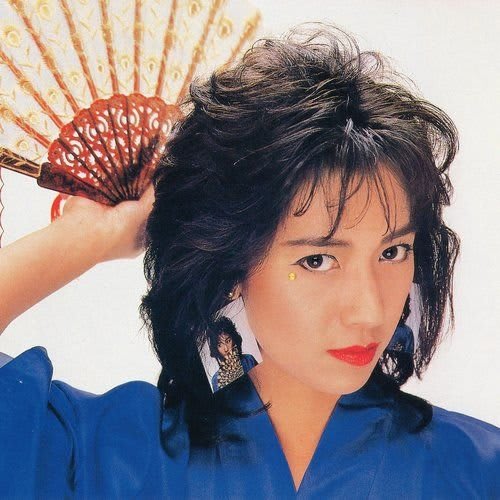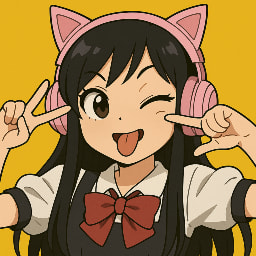
Aqua City Vibes: Omega Tribe and the Island Aesthetic of 80s Anime
In the vibrant tapestry of Japanese culture during the 1980s, the intersection of anime and music emerged as a unique expression of urban sentiment and youthful aspirations. This era, often marked by Japan's economic bubble, urbanization, and shifts in youth culture, laid the foundation for what is now identified as the "island aesthetic" in works produced during this time. Two notable aspects at the heart of this phenomenon are the stylized universes of anime, particularly those featuring the "Omega Tribe," and the infectious rhythms of City Pop music.
The 1980s in Japan were characterized by significant economic growth, known as the Bubble Economy, which fostered a sense of optimism and ambition among the youth. This societal backdrop gave rise to a distinctive urban aesthetic—one that celebrated the exuberance of city life while simultaneously exploring feelings of alienation and escapism. Anime became an essential medium through which these themes were articulated. One notable example of this creative explosion is "Kimagure Orange Road," an anime that exemplifies the blend of romance, comedy, and supernatural elements, which resonated with a generation seeking both connection and freedom within Japan’s rapidly changing landscape.
Additionally, the Omega Tribe, a collective of musicians heavily associated with City Pop, embraced themes of urban life that echoed the anime narratives of the time. Artists like Kiyotaka Sugiyama and the band Omega Tribe not only captured the auditory essence of this aesthetic but also underscored the deeply intertwined relationship between music and visual artistry in anime. Their songs, characterized by smooth melodies and lyrics reflecting contemporary life and aspirations, complemented the vibrant imagery of the anime styles popularized during the era. Tracks like "Sea Breeze" are emblematic of this synergy, as the escapism and nostalgia present in the lyrics mirror the urban fantasies depicted in shows like "Megazone 23."
The aesthetic experience of 80s anime and music had a profound impact on youth culture in Japan. As urban living spaces became more crowded and life increased in pace, the desire to escape into fantastical moody landscapes became a hallmark of the artistic output in this period. The visual direction of these anime often employed lush backgrounds, dynamic character designs, and a palette that reflected both neon city life and the serenity of coastal retreats—an aesthetic that resonated with the escapist themes prevalent in City Pop music.
However, it is essential to approach these cultural products with an awareness of the historical context that shaped them. While many anime series of the 80s can be celebrated for their creativity and artistic expression, some contain elements that may be viewed as problematic by today's standards, including depictions of gender and social roles that reflect the norms of their time. For instance, the portrayal of female characters in certain series often adhered to stereotypes that are seen as outdated by contemporary norms. Acknowledging these aspects allows for a more nuanced understanding of the cultural landscape of the period, granting insight into the complexities of societal expectations and artistic expression.
The legacy of the Omega Tribe and the island aesthetic continues to resonate today, influencing many contemporary creators who look back to this era with both reverence and critical curiosity. Recent artistic expressions, particularly in the realms of music and animation, often pay homage to the stylistic choices that characterized 80s productions. The revival of City Pop in the modern music scene, bolstered by platforms like YouTube and Social Media, has introduced new audiences to the genre, creating a bridge between past and present.
The interplay between 80s anime and City Pop music reveals a rich cultural narrative shaped by Japan's socio-economic conditions, urbanization, and evolving youth culture. It is through this lens that we can appreciate the impact of the Omega Tribe and the aesthetic threads woven into the fabric of both mediums. Emerging from a time of change, these cultural products not only reflect their contemporary realities but also serve as timeless artifacts that engage and inspire generations across the globe. Understanding this era is not only a celebration of its artistic achievements but also an acknowledgment of the complexities inherent in cultural expression. As we delve into the vibrant world of 80s anime and evaluate the music that accompanied it, we find a compelling testament to the enduring power of artistic imagination.
Our Comics Newsletter
Join the newsletter to receive the latest updates in your inbox.




